Applications in different fields have different requirements for megapixel lens, such as intelligent transportation system, which requires matching large phase size, high resolution, high contrast, low distortion lens, focusing and aperture adjustment locking screws, and compact structure design.
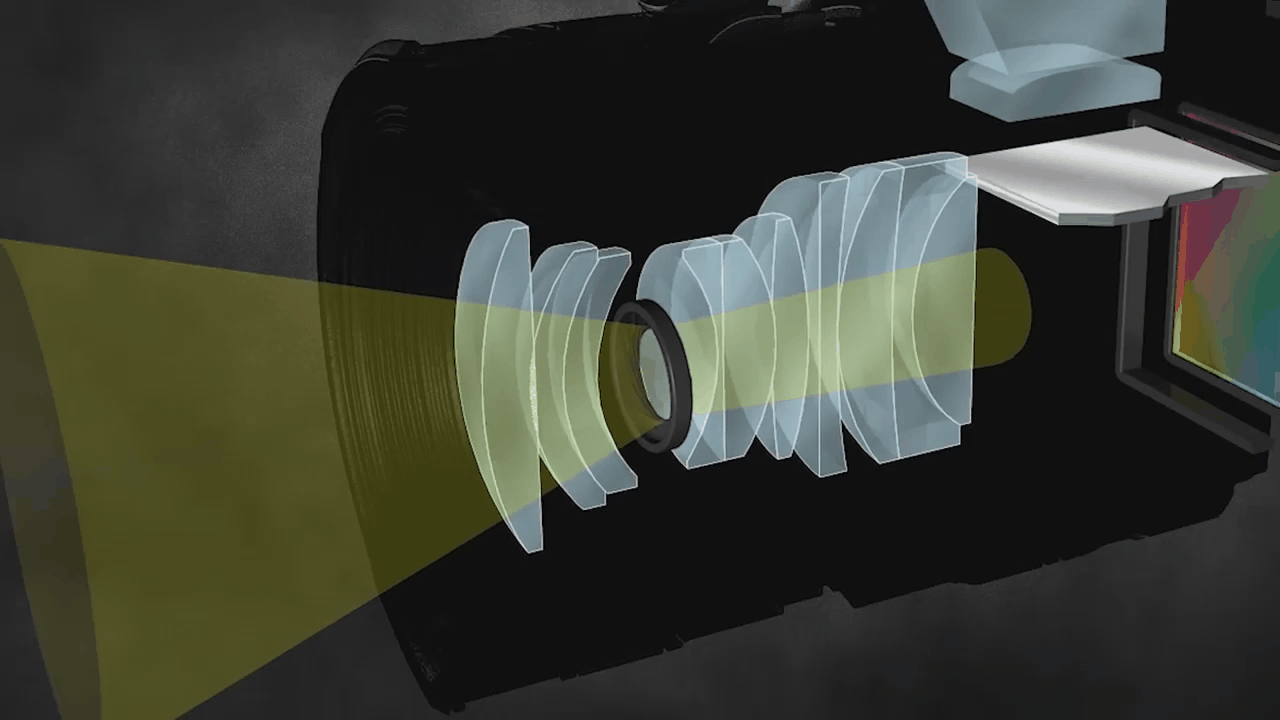
1.Lens purchase
Network cameras are usually divided into two types: one is based on the analog camera, which is placed into the video and network processing module in the front section, so it has the same disadvantages as the analog camera: the image resolution is not high, and the highest image quality does not exceed D1; the other is the Digital HD network camera, which is characterized by directly processing the digital video and transmitting it through the network, avoiding the problem of easy interference of ordinary analog cameras, and can achieve clean images, The image quality is clear and delicate, and the signal-to-noise ratio is high.
In order to get the best performance of megapixel camera, it is very important to use high-quality megapixel lens. The quality of optical image is a key factor in the overall image quality. As the "eyeball" of megapixel network camera, megapixel lens can provide high contrast, sharpness and sharpness for the whole image. Instead of megapixel lens, it can not fully show the high resolution of megapixel sensor, especially at the edge of the image.
CCD and CMOS sensor use pixels arranged on a two-dimensional grid. These pixels convert optical images into electronic signals. The number of pixels in an image usually determines the resolution of the image. More pixels mean higher resolution. Compared with the ordinary lens, the megapixel lens displays the monitored image more delicately, and the details are well displayed without image blur.
When selecting a megapixel lens, pay attention to the matching between the lens image plane size and the sensor phase plane size. The closed-circuit monitoring camera has a variety of sensors with different sizes and specifications, and the screen aspect ratio is usually 4:3 (horizontal width: vertical height) or 16:9. The size and specification of the sensor has an impact on the field of view angle. Using the same lens, the field of view angle on the smaller sensor is narrower, and megapixel lenses with different functions are selected according to the actual application, such as low illumination Datong light lens, ultra wide angle lens, non IR lens
IR lens, fog lens, self focusing lens, FA lens and fisheye lens.
For example, day and night cameras are generally used in near-infrared or infrared environments at night. If a lens without IR correction function is used to match the day and night camera, the camera will not be able to focus clearly at night. The megapixel IR lens adopts glass lens, supplemented by special optical design and multi-layer coating to reduce the refraction of light, so as to achieve day and night confocal. In this way, the camera does not need to be refocused when it is used at night.
Megapixel lenses are widely used in high-definition cameras, such as megapixel day and night cameras, network cameras, panoramic surveillance cameras, video conferences, motion capture, document recognition, machine vision, medical equipment and automotive electronics.
Compared with ordinary lenses, megapixel lenses have higher requirements in terms of optical design, lens materials, processing technology, assembly technology, detection means and so on.
Applications in different fields have different requirements for megapixel lens, such as intelligent transportation system, which requires matching large phase size, high resolution, high contrast, low distortion lens, focusing and aperture adjustment locking screws, and compact structure design. The traditional cctvlens can no longer meet the needs of high pixels. Therefore, falens is widely used in intelligent transportation and monitoring systems. If you need to capture the license plate, choose a lens with longer depth of field and IR function.
The applications of panoramic image products mainly include panoramic video conference, driving panoramic video monitoring, panoramic video walkie talkie, panoramic car rear view and reversing monitoring. Due to the large distortion of fisheye lens, it is necessary to match the high-quality megapixel fisheye lens to ensure that the image can still meet the needs of clear image and complete details after image restoration. Panoramic image products and mature image restoration processing technology will bring revolutionary significance to the traditional camera with limited field of view.
2.Lens installation
Lens construction and installation skills are not unpredictable. However, during the construction process, due to various reasons, lens construction and installation errors are common, resulting in damage to the lens structure or circuit. So, what are these common questions?
The assembly sequence of lens adapter ring is wrong.
The assembly sequence of lens adapter ring is the biggest blind spot of engineers in lens installation, and the direct consequence is lens damage. Since C and CS mating rings are often used in lens installation, many engineers often lock the mating ring with the camera first, and then lock the lens into the mating ring. In the design of some lenses, a sliding structure will be used to cooperate with the adjustment of camera backfocus or the mechanical backfocus adjustment of loose screws on the camera, Under these adjustments, the lens needs to rotate on the matching ring or drive together with the matching ring to obtain the best focal clarity. However, due to the sequencing error during assembly, the matching ring is locked on one side of the lens. As a result, in the absence of automatic back focus (ABF) function, loosening the adapter ring will not only make it impossible to reasonably adjust the back focus, but also cause the wear of lens screw teeth or the twisting of plastic screw seat on the lens due to improper force.
Lens assembly without gloves, resulting in coating damage.
In the process of lens assembly, the most common construction failure of engineers is the coating damage caused by not wearing gloves or protection. Some engineers often find their own fingerprints or other dirt on the lens surface when the lens is assembled due to the lack of awareness of protecting the lens (installing the lens protective cover for installation) and protecting and cautious implementation of precision equipment or optical components during construction. Experienced engineers will get appropriate chlorine dioxide and wiping cloth or deer skin for wiping. However, some people still choose to wipe with clothes or improper paper towel for simplicity, which will not only damage the coating on the surface of the lens, but also hurt the "vitality" of the video picture and the lens.
The lens is installed in the protective cover without proper window spacing.
When installing the electric lens, the most easily overlooked is that the lens is installed in the protective cover without proper window spacing. When engineers adjust the depth of field or focal length after construction, they sometimes find that the image reflected by the camera or lens itself on the protective cover can be seen in the picture. At this time, the image twist cannot be changed even by operating the depth of field (zoom) or adjusting the focal length (focus). Inexperienced engineers will mistakenly think that the camera itself has not been adjusted well, but it is actually caused by the wrong spacing of the lens in the protective cover.
The lens is assembled without proper protection.
In the process of lens assembly, most engineers will carefully assemble the lens. The price of the lens is very high. If you accidentally damage the lens, you can't escape the blame. However, some engineers neglect to protect the camera and lens when assembling, and even choose to do it at the site. In the absence of protective cushions and other preventive measures, it is very easy to cause damage to the lens surface, damage to the internal aperture shutter page, or wind and sand attached to the lens.
Lens assembly automatic aperture connection line welding error.
With the efforts of lens manufacturers, most types of lenses have realized the treatment of preset lines and joints. In this way, the burning of lens servo motor caused by similar line welding errors no longer exists. However, some electric lenses have some defects in the supply or on-site protective cover coordination, so engineers still need to understand and be proficient in these wiring and fine circuit welding techniques. The author once found that in a project, there was an accident of welding short circuit of automatic aperture driving line joints of all lenses, which brought great losses and cost consumption to the project construction. As an engineer, I had to prevent such problems.
2022-04-19 12:24:19
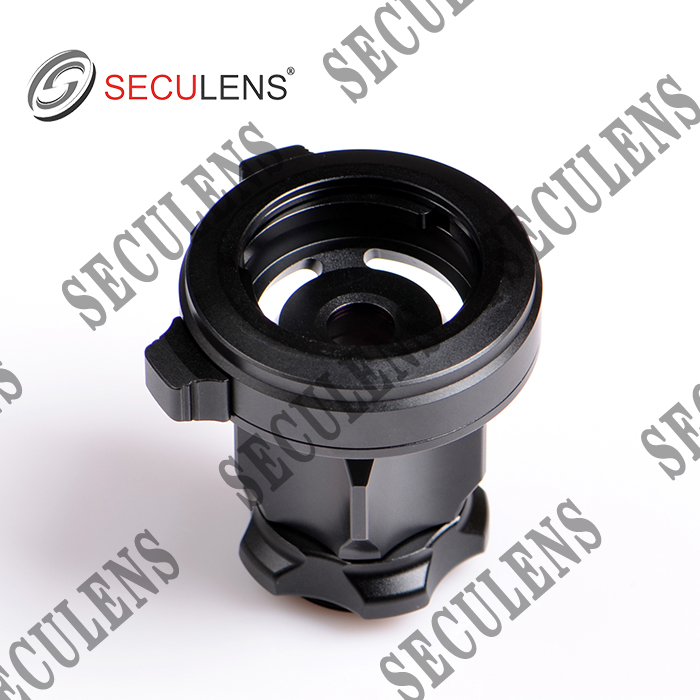
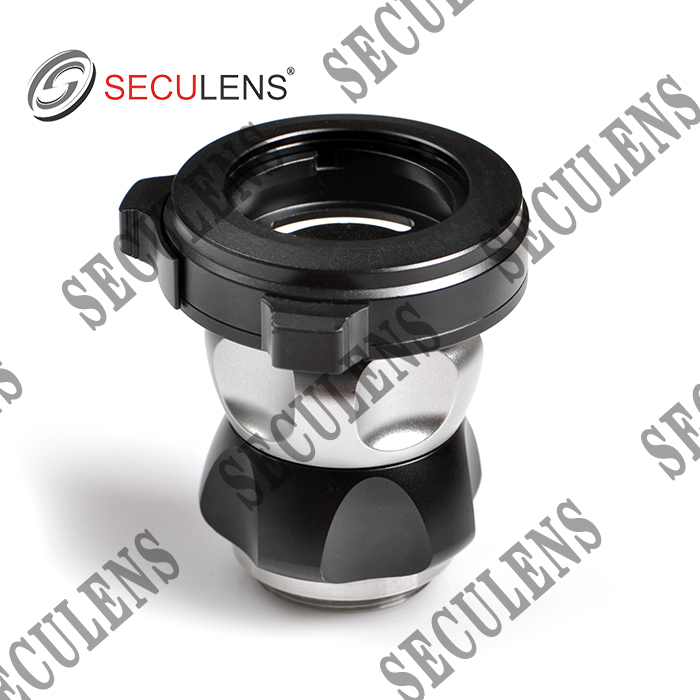
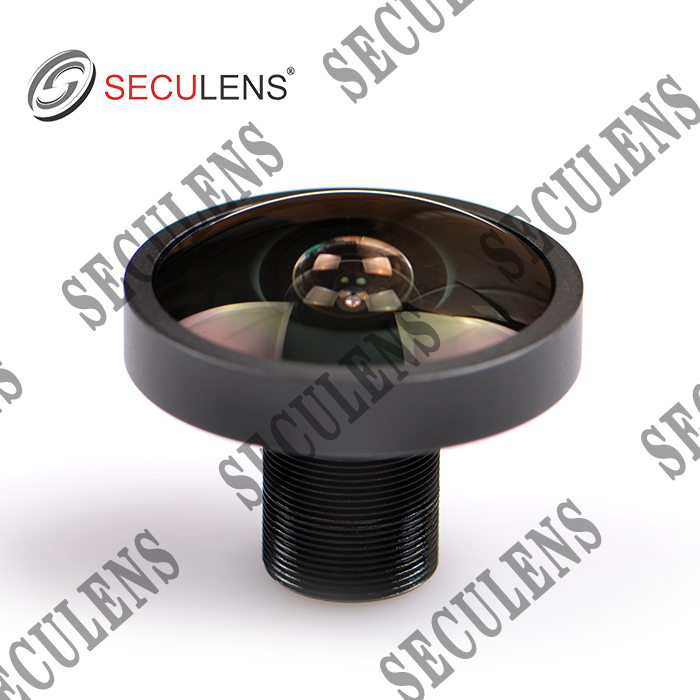
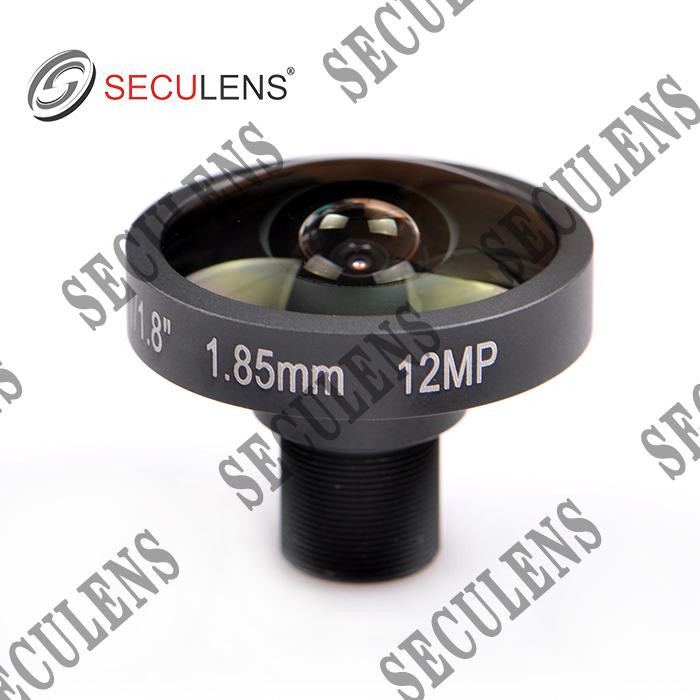
Fisheye lens 1.85mm FT1085 12MP
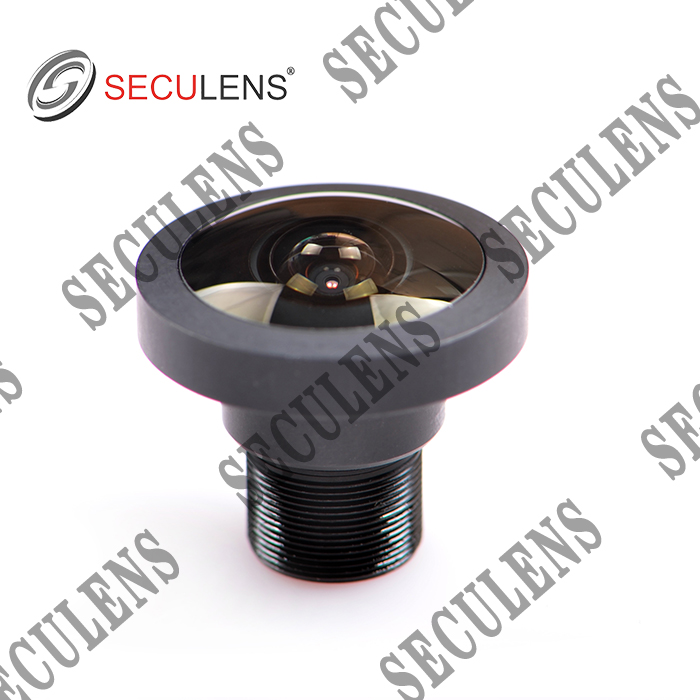
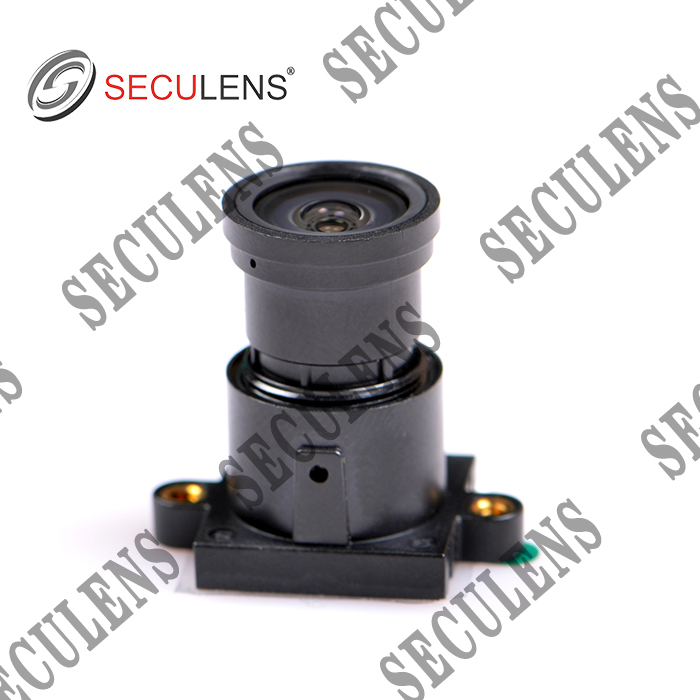
Starlight Lens 2.8mm 0357
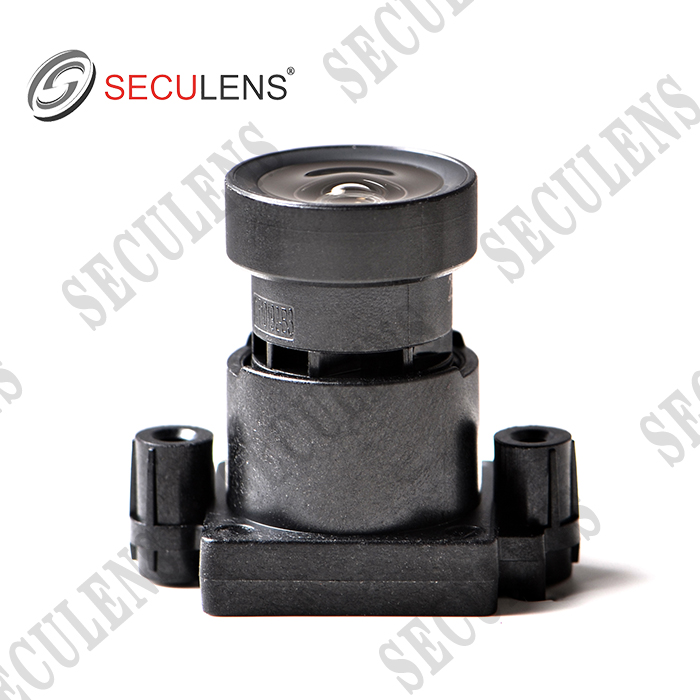
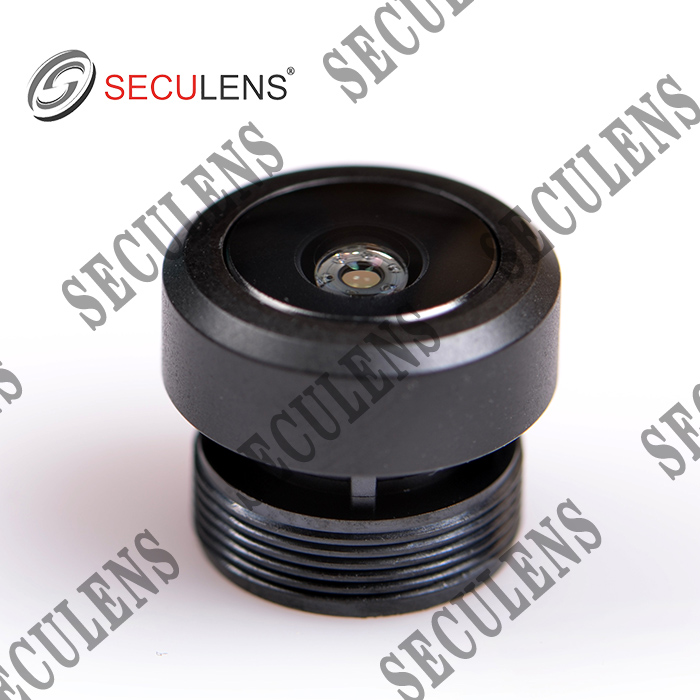
Car Lens 2.6mm SECU8204
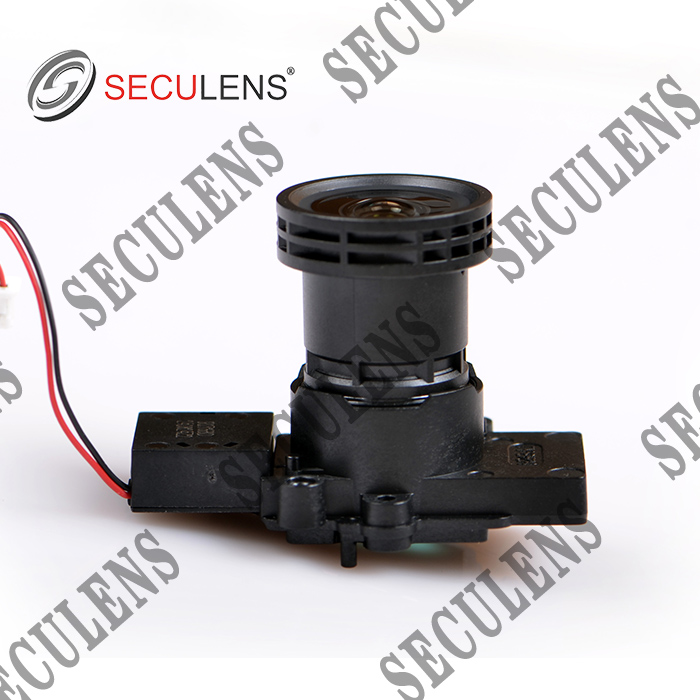
Darklight Lens 10207-8MP+H243+IR0316 4mm 1/1.8"
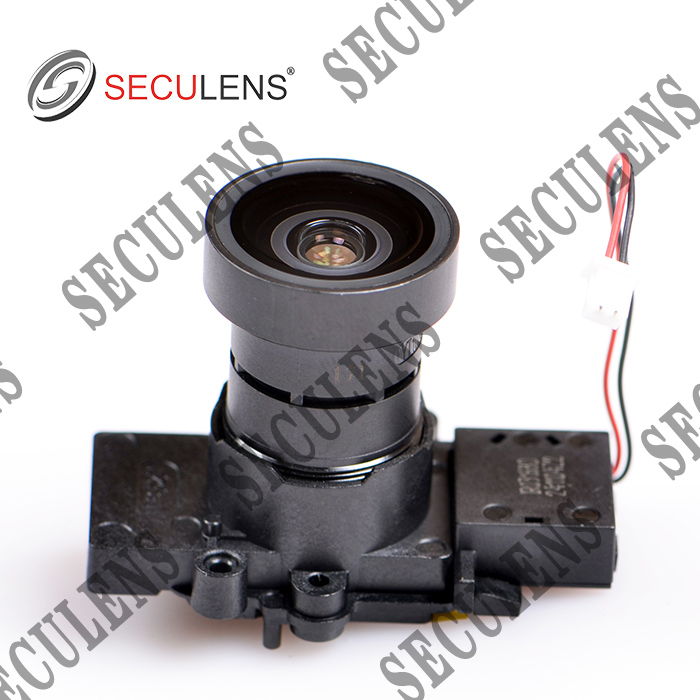
Darklight Lens 10206-8MP+H243+IR0316 2.8mm 1/1.8"
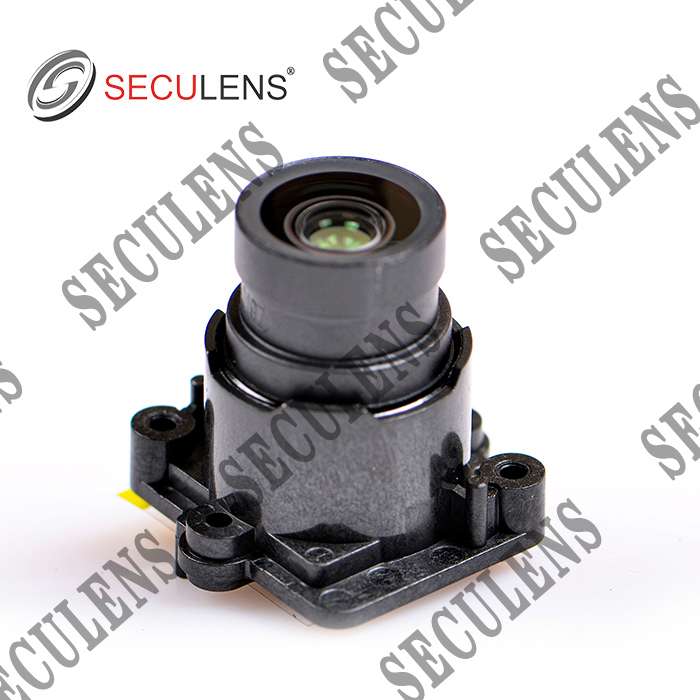
Darklight Lens 10197+IR06312 2.8mm 1/1.8"
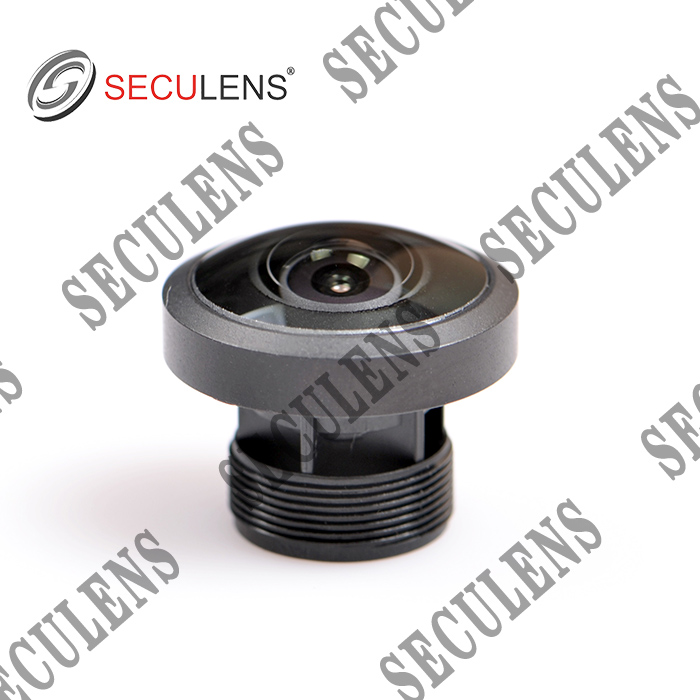
Fisheye lens 1.8mm 5MP 5185
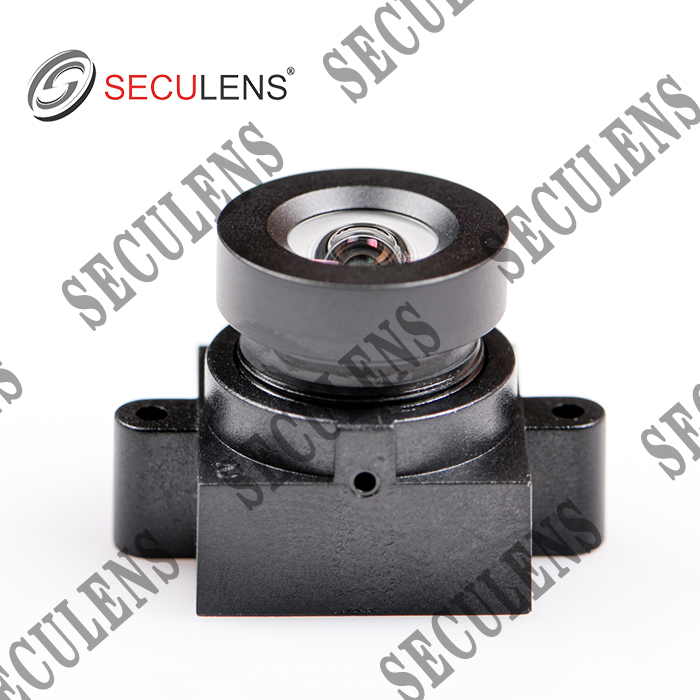
Distortion Free Lens 3526 3.2mm TTL:15.5
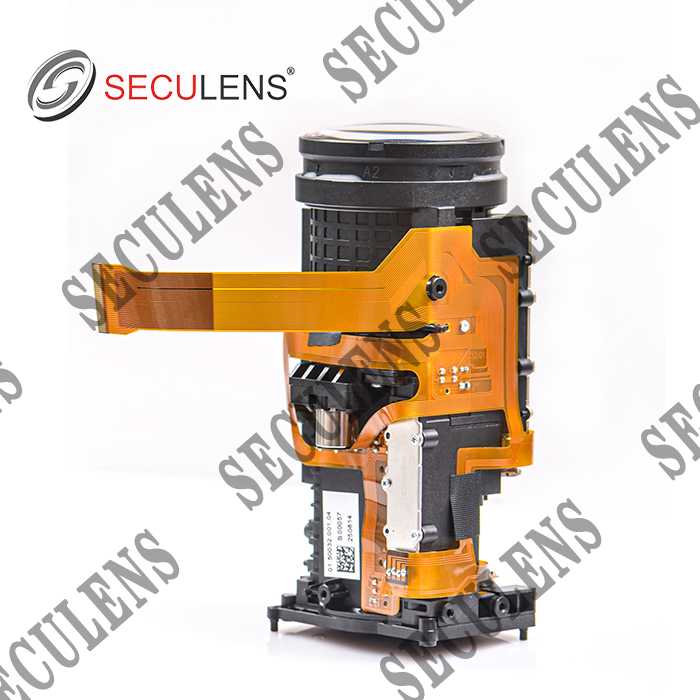
Integrated machine 6-192MM S64192-32YT 30X
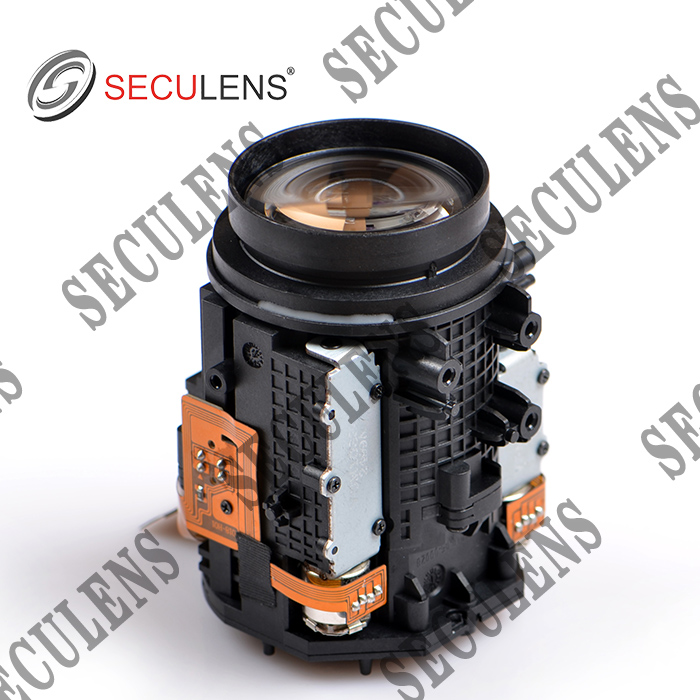
Integrated machine10-40MM S1040-18YT 4X